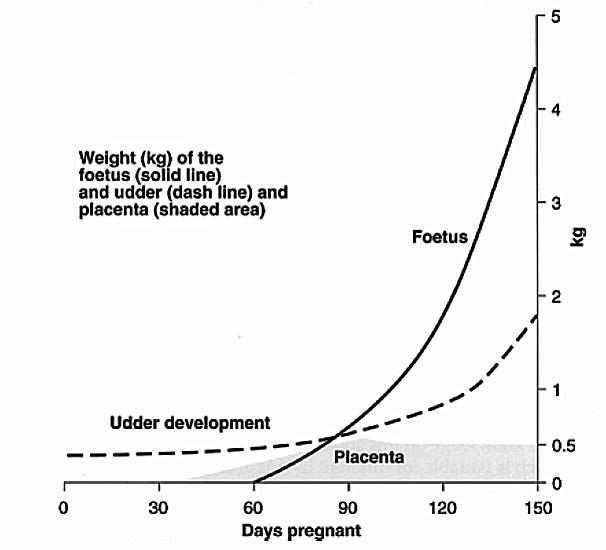Introduction
There are key factors to consider during pregnancy which affect the chances of successful lambing:
- ewe nutrition – at all stages of the pregnancy
- litter size – pregnancy scanning provides essential information to better manage the ewe flock
- vaccination and worm control.
Pregnancy is generally 150 days (five months). The majority of foetal growth occurs in the final 60 days; however, setting up effective nutrient transfer from the ewe to the foetus occurs with udder and placental development in the first trimester of pregnancy. Most of the wool follicle development occurs in the second and third trimesters and can be significantly affected by nutrition.


